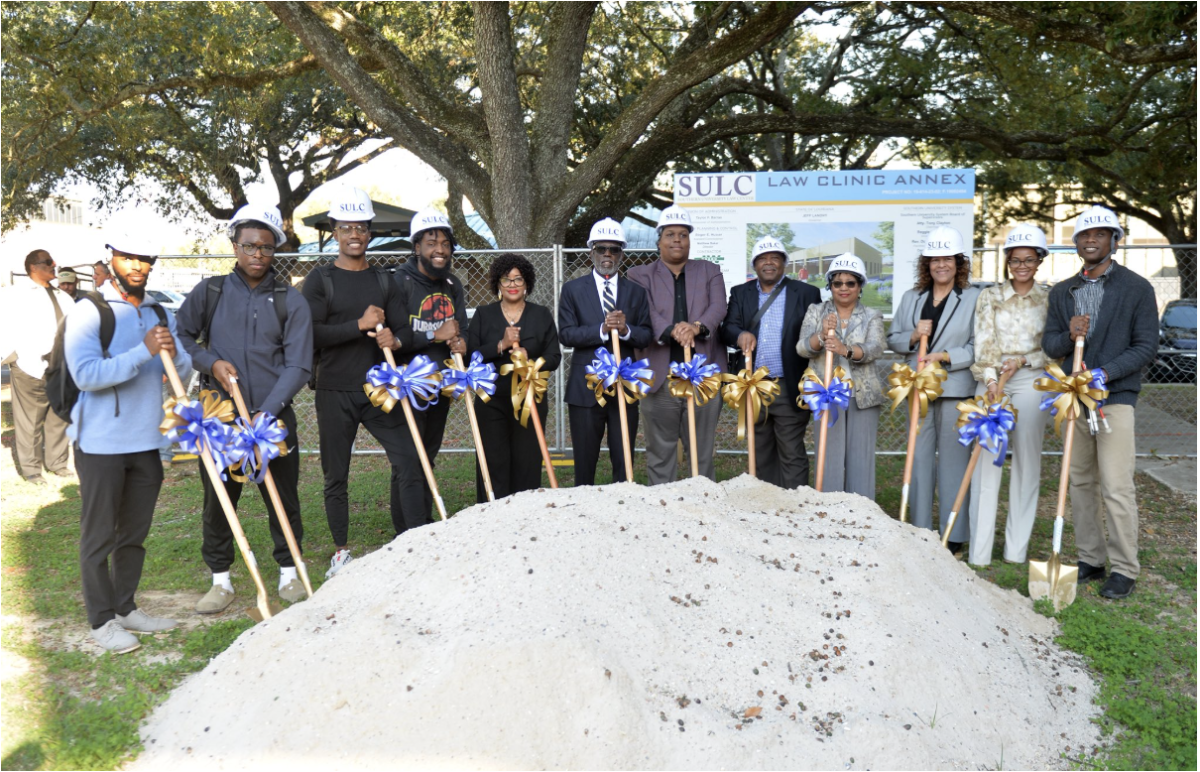Have you ever heard your parents ask the question “where is our tax dollars going?” Well, that is exactly how the residents in Boley hall feel, except we’re asking, where is our good tuition money going? The elevator in Boley feels like an experiment no one signed up for. It buzzes loudly, takes too long for the doors to open, and occasionally traps you long enough to reflect on your life decisions. And that is on a good day.
This semester alone, the elevator has gone out roughly four times. When it is working, we get a solid 24-48 hours of smooth rides before we’re once again hiking the stairs like we’re in a campus fitness challenge we never joined. “No student stays on the first floor, yet every resident in the tallest building on campus has to take the stairs,” said Jalia Rudd, a nursing level 1 student.
It’s one thing to be tired of climbing the stairs; it’s another when you physically cannot. That’s not right. For residents with physical limitations, even the simplest things become a task. Taking the stairs on laundry days, grocery days, lazy days, I-just-want-to-teleport days feels like something we should be compensated for. Ask the students in Boley how many steps they get a day. Many residents have opted for the stairs even when the elevator is working to avoid the emotional rollercoaster of depending on it to work. By the time you wait for the doors to open, you’ve mentally written your will.
Alice A. Boley Hall was built in 1967. My grandmother remembers it being one of the only buildings in the residential area. Residents are wondering if the elevator has been here since 1967 as well. “The elevator is too old, and I feel like when it breaks, it’s a huge inconvenience for people that stay on the higher floors,” stated David Williams, a computer science sophomore. The DIGEST reached out to the director of Boley Hall. however, they were unavailable for comment.
Boley hall has a group chat to communicate within the collective. According to how many “ I’m stuck on the elevator” texts we get in the group chat, the elevator is on a two-day streak for inducing anxiety. The group chat is half Boley news network, half comedy show. Someone’s always warning, “I think it’s broken, it’s making that noise again,” while another person is live updating the tragic event of being stuck. At this point, the elevator has its own fan club (or maybe a support group).
Still, if there is one thing that Boley residents have mastered, it’s finding humor in chaos. As frustrating as the elevator situation is, there’s something strangely bonding about it. We’ve all become sympathetic to whoever gets stuck; we listen and respond when someone vents about their uphill climb to the sixth floor. In a weird way, we’ve all earned a shared memory of Boley that will be hard to erase. One filled with laughter, complaints, and a sense of we survived this together. “While shared suffering makes for great stories, it shouldn’t be part of our housing experience. Residents deserve both community and working elevators. Until then, we’ll keep pressing the button out of habit and hope.





